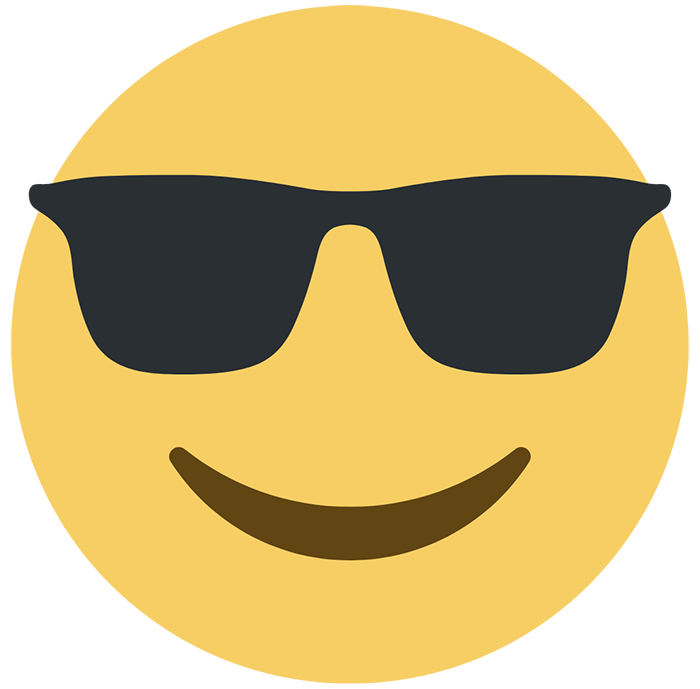5 Signs Your Child Might Need An Eye Test
You want what's best for your child. That's why you keep a close eye on their physical health and well-being. You book them into the GP for a checkup and into the Dentist, BUT booking your child in to see the optometrist is often forgotten.
Often, eye problems go unnoticed in kids because they don't know how to articulate the problem. They may be too young and/or non-verbal, or they might not even realise that they have a problem with their vision, as to them, this is “normal”.
If you have young children, especially those who might be at a higher risk of having a vision impairment due to family history, you need to be aware of these 5 signs that your child might need an eye exam.
Squinting

Squinting is one of the most common early signs of vision problems in children. By squinting, your child may be able to temporarily improve the focus and clarity of an object for a short period. This not only indicate that your child may require vision correction, but it may also be associated with a more serious condition.
Abnormal head tilt

If you notice your child tilting their head to one side, it might be a sign of an eye problem. This can be one of the first signs of strabismus, which is a misalignment of the eyes that can cause double vision.
Excessive eye rubbing

Before you get worried, children can rub their eyes when they feel upset or tired, which is perfectly normal. If, on the other hand, you notice that your child constantly rubs their eyes while trying to concentrate or actively playing, this could indicate an underlying visual impairment. Excessive eye rubbing could be an indication that your child is experiencing eye fatigue or strain. If your child's frequent eye rubbing continues even when they are not exhausted, it could be due to a variety of vision problems, including concentration and eye-teaming issues.
Holding devices too close or sitting too close to the TV

If your child is sitting too close to the TV, holding devices way too close to their eyes, or even lowering their head while reading, it could be an early sign of nearsightedness or myopia. Children will prefer near viewing since their young eyes can focus far better and for longer than adult eyes before experiencing eye strain.
Closing one eye to watch or read

When your child frequently closes one eye, he/she has better vision in one eye and poorer vision in the other. They may be closing or covering the eye with weaker vision so that it does not interfere with their vision when looking at something. By doing so, it could be a sign of double vision or even other vision problems. It may increase the chance of developing amblyopia if left untreated.
If you notice one or more of these signs in your child, it’s a good idea to schedule a visit with an optometrist. While some of these signs are obvious, others may be subtle, so make sure you check out our article on when to get your child’s eyes tested.
Remember, early detection is the best prevention!


